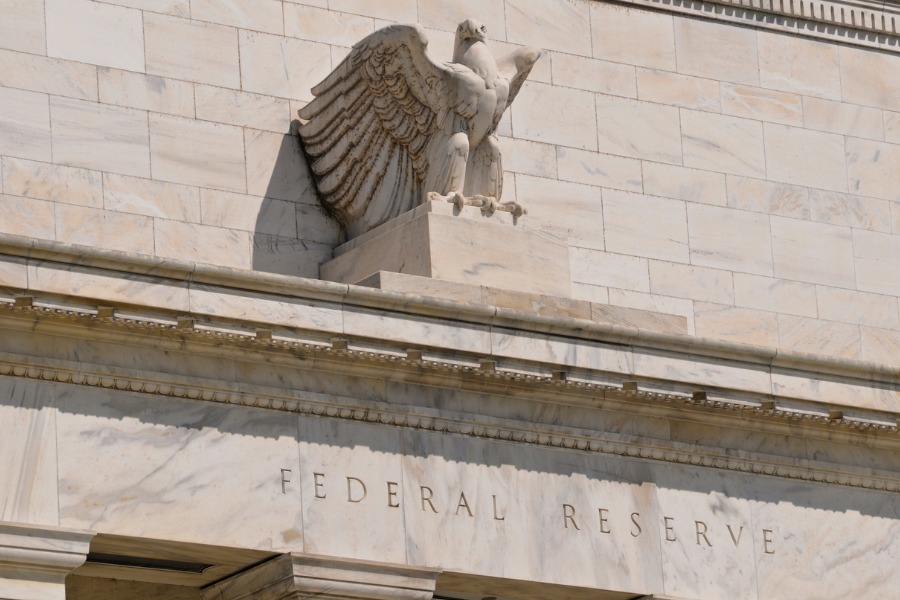

After a more than one-year period of borrowing costs held at a two-decade high, the Federal Reserve has finally decided to take a dovish turn on interest rates.
On Wednesday, the Federal Open Market Committee announced a reduction of 50 basis points, bringing the Fed funds rate down to the 4-3/4 to 5 percent range.
Markets had been expecting a rate cut for the past several weeks, ever since Fed Chair Jerome Powell's declaration at this year's Jackson Hole conference that "the time has come for policy to adjust."
While the central bank had telegraphed its plans to cut, by how much exactly was still very much up for debate. Many argued the Fed would act in typical central bank fashion with a 25-basis point adjustment, but others like fixed income luminary Jeffrey Gundlach said a case could be made for a bolder half percentage-point move.
"I get criticized, even though I'm right about this; the Fed just follows the two-year Treasury, and the two-year Treasury is down at 3.6%,” Gundlach told a crowd in attendance yesterday at the Future Proof Festival in Huntington Beach, California . “So the Fed needs to cover 150 pretty quickly. I think they're going to start with 50.”
In announcing its cut this afternoon, the FOMC cited several factors, including its progress on meeting its dual mandate.
"The Committee has gained greater confidence that inflation is moving sustainably toward 2 percent, and judges that the risks to achieving its employment and inflation goals are roughly in balance," it said in a statement.
"In assessing the appropriate stance of monetary policy, the Committee will continue to monitor the implications of incoming information for the economic outlook," the announcement continued, reaffirming the central bank's data-dependent approach.
The FOMC's 2024 calendar includes two more scheduled meetings – one in November, and again in December – giving it two more opportunities to cut and, if necessary, make course corrections on interest rates. As of now, Gundlach stands on the more aggressive end of the speculative spectrum, predicting a 0.25 percent cut in November and a larger 0.5 percent move to end the year.
For its part, the Fed has left the door wide open on its next steps.
"The Committee's assessments will take into account a wide range of information, including readings on labor market conditions, inflation pressures and inflation expectations, and financial and international developments," it said.

Meanwhile, Fifth Third's RIA arm adds a former billion-dollar BNY trio in Boulder, Colorado, while a hybrid RIA opens a new North Carolina location with a former Raymond James-affiliated team.

Analysis highlights swelling out-of-pocket costs and wasted time on paperwork, with an outsized toll on businesses and around crypto transactions.

The appointment to its investment management arm comes roughly a year after the firm first announced plans to launch its own exchange-traded fund platform.

With trillions of dollars in transit, HNW expert sees a bigger picture.

Summit Financial unveiled a suite of eight new tools, including AI lead gen and digital marketing software, while MassMutual forges a new partnership with Orion.
Orion's Tom Wilson on delivering coordinated, high-touch service in a world where returns alone no longer set you apart.
Barely a decade old, registered index-linked annuities have quickly surged in popularity, thanks to their unique blend of protection and growth potential—an appealing option for investors looking to chart a steadier course through today's choppy market waters, says Myles Lambert, Brighthouse Financial.
